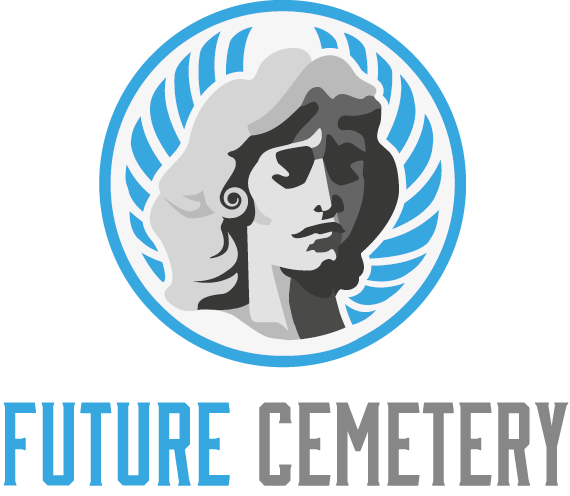Cemetery Design focuses on the layout and architecture of a cemetery property. This includes both the grounds and the monuments.
A growing preference for minimalism and environmental sustainability reflects a cultural shift towards eco-consciousness and simplicity. This has also influenced burial practices, with green burials gaining popularity.
In addition, cemetery designers must consider accessibility and inclusivity. This includes designing smooth, clear pathways that are easy to navigate for all visitors.
1. Consider Your Visitor Demographic
Cemeteries typically receive a surge in visitors during particular cultural holidays like Ching Ming and Chung Yeung, which are the days on which many Asian families visit their ancestors. It is important to avoid excessive traffic on these dates, as this can disturb people who are grieving and cause them to lose focus.
Cemetry spaces typically aim to be egalitarian and avoid a hierarchy, as spaces that store our ancestors are equally significant. Cemetery design often includes a consistent grading to achieve uniform slope within individual sections, to minimize visual contrast and create a cohesive experience for all visitors.
It is also important to carefully consider the location of gravestones and other structures in relation to the parking lot. This can affect how easy it is to access the property as well as reduce wear on headstones and other markers. Finally, it is important to design the cemetery with navigable pathways and clear signage. A professional website can help a cemetery gain more attention and attract potential clients.
2. Consider the Green Footprint
Many people prefer to leave a flower stem or small posy near the plaque of their loved one. Cemetery designers can take this into account by incorporating clips beside each plaque to hold a single flower stem or small posy. This allows mourners to feel close to their loved ones and minimizes maintenance needs at the cemetery.
The modern trend towards sustainability is an opportunity to create a cemetery that is environmentally conscious and respectful to visitors’ wishes for how their loved ones are remembered. For example, natural burial sections that forgo metal caskets and embalming chemicals and instead bury in-ground using shrouds can minimize environmental impact and reduce costs, reflecting the cultural shift towards eco-consciousness.
In addition, a well-planned landscape is critical to a cemetery’s sustainability goals. Proper grading helps to avoid flooding and drainage issues while plantings should be carefully researched for soil conditions, climate, flow and aesthetics. Locally sourced stone for headstones and benches is also an eco-friendly option as it limits transportation emissions and lessens the impact on ecosystems.
3. Design for Accessibility
Modern cemetery design moves beyond a place to lay a grave, to a vibrant celebration of life, family and history integrated within a shared community. This requires an understanding of each site’s unique physical, cultural and historical characteristics as well as the adjacent lands surrounding it.
Burial areas should conform to the site’s natural topography and minimize extensive earthmoving that could damage neighboring property and impact existing site features. Final grading should achieve one predominant uniform slope across sections to provide a consistent appearance and eliminate rising or falling gradients that could pose accessibility challenges for individuals with mobility impairments.
Mourners often choose to leave flowers and small posies on columbarium walls. Newer designs take this desire into account, incorporating metal clips or loops beside each plaque to hold a single stem or a small posy. This allows mourners to place a flower in proximity to their loved one’s plaque without disturbing the delicate urns.
4. Consider Signage
The cemetery entrance feature should be visually recognizable. This could be as simple as a state veterans or territorial government seal, the word “Cemetery” clearly visible from the public street (approach road) or a tree planted to provide a focal point for the monuments/columbaria at the entrance.
The Cemetery rules and regulations should be clearly displayed on a sign or panel. This can be done in a way that is easy to understand, even for people with limited vision.
Space for directional signs is usually tight, so the text must be carefully selected to include only the most important information. More detailed information can be provided in digital format without size constraints and linked to physical signs on the site via QR codes or a website.
